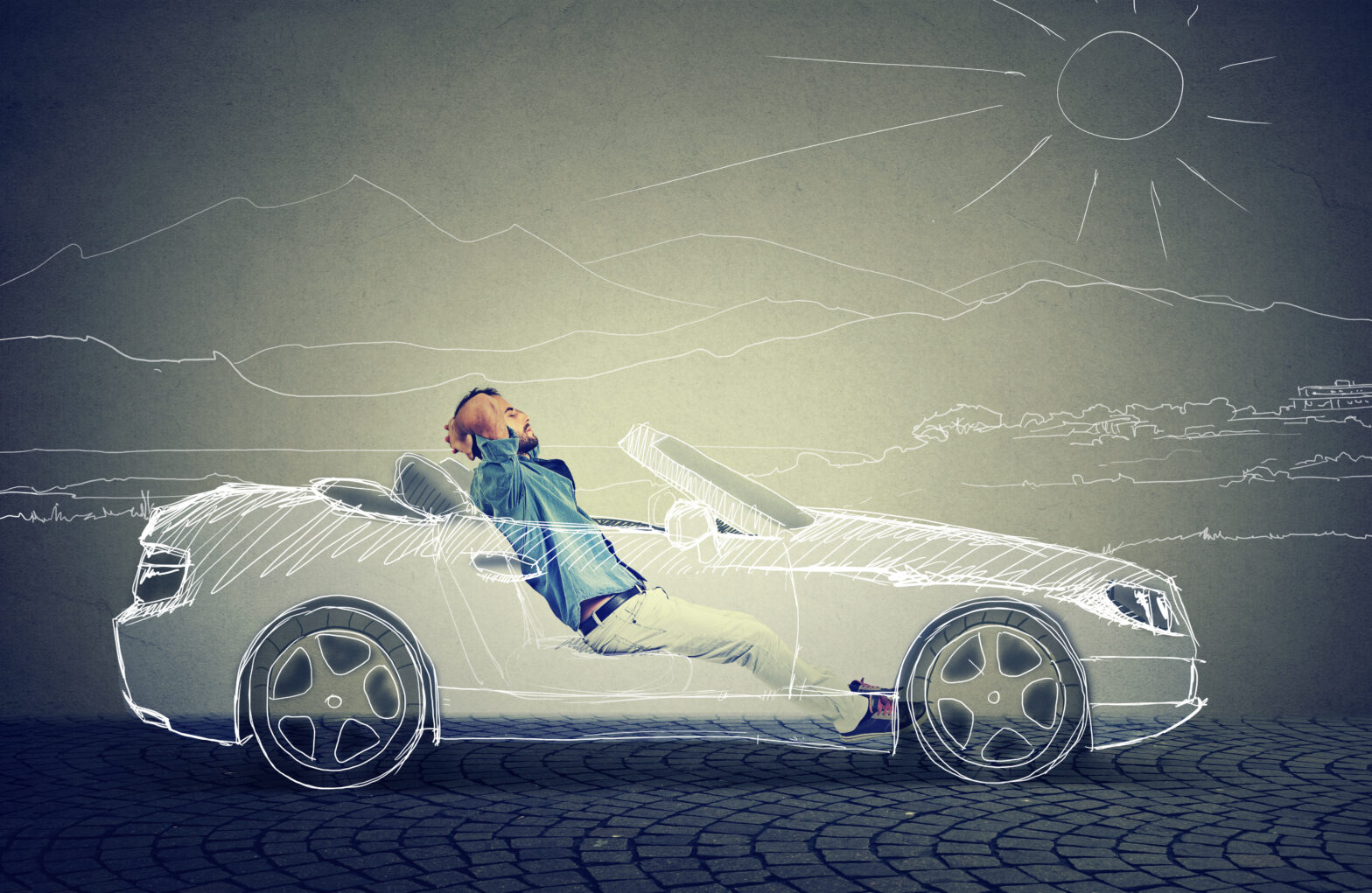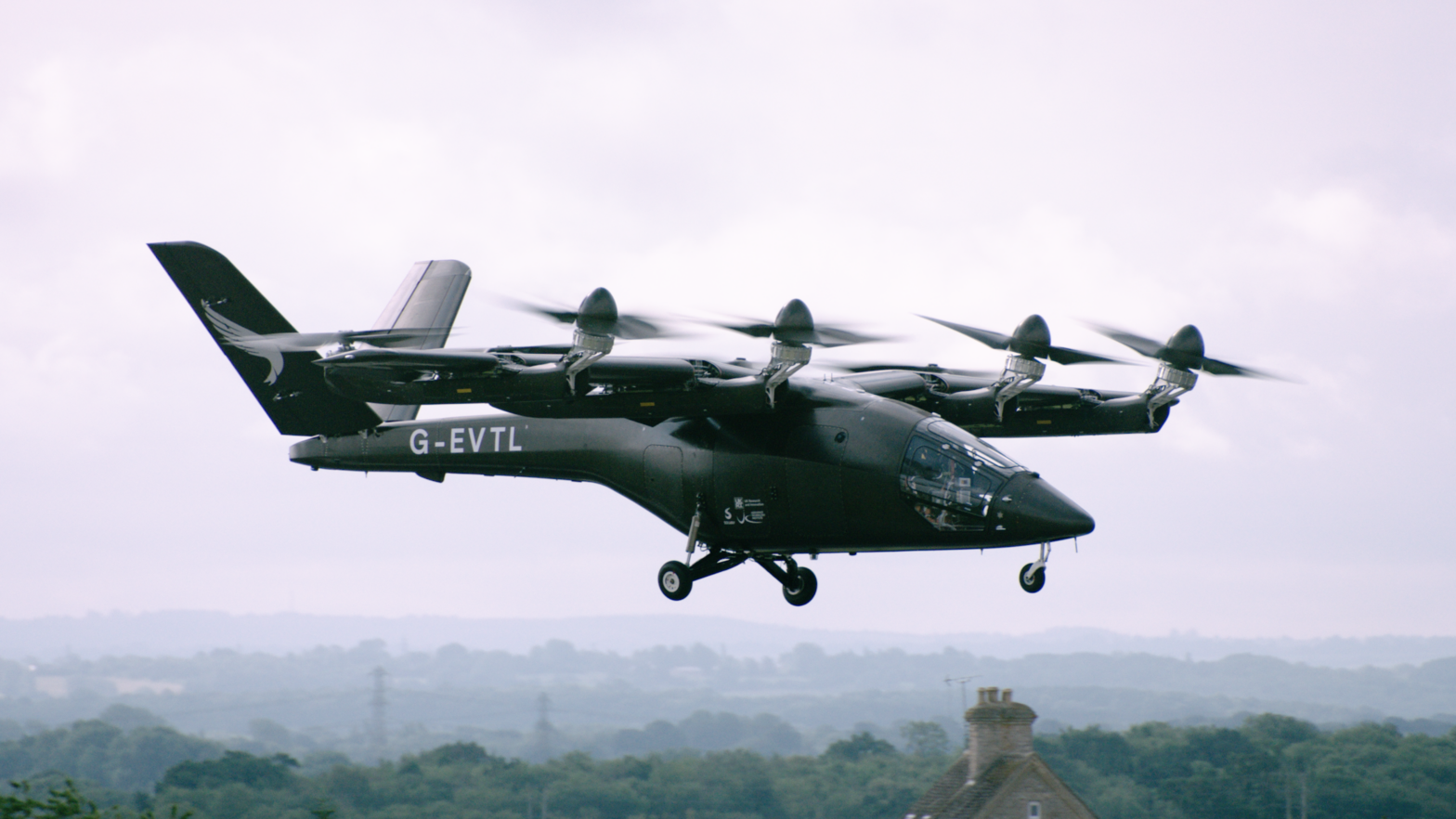A partner at one of the City of London’s leading law firms has said that “ownership is increasingly likely to be a thing of the past” as driverless cars become more common on our roads.
“Driverless vehicles offer far more scope for change than we first realise. Just as the first internal combustion powered vehicles looked like and felt like horse drawn carriages but have since morphed to the style and design to which we have become accustomed, our thinking about driverless vehicles pictures a standard compact-mini but with the two passenger seats facing forwards and an alarming absence of a steering wheel,” says Rufus Ballaster, a partner at Carter Lemon Camerons LLP.
He now expects this type of thinking to change rapidly.
“Surely one of the major benefits that driverless vehicles will offer is the opportunity to sit in a format which is flexible – maybe facing others to chat, or maybe all facing a screen to be able to watch rolling news or a film together. This is not the only innovative thinking that the sector opens up,” he adds. “Ownership is increasingly likely to be a thing of the past – a fleet of vehicles without driver can flexibly respond to a request for a single passenger up to a medium-sized group going from one place to another and can price by reference to the day and time. Peak rush hour must surely cost more than the wee small hours of the morning.”
Equally, the number of passengers in the group, their willingness to share or need to be immediately collected and taken from A to B as rapidly as possibly, or the facilities and quality of the vehicle could all be considerations in the cost of a journey, Ballaster explains.
Just as the iconic London taxis are designed to do vast mileages and to have tight turning circles, a fleet of modern driverless vehicles would be built to cope with the possibility of being in use potentially more during each 24 hour period than they are at rest, he adds.
“The total number of vehicles needed to transport people using an autonomous book-per-journey model would be far lower than the number of vehicles currently privately owned and on the road. Many privately owned vehicles are doing fewer than 10,000 miles per year, while taxis and minicabs often do more than ten times that mileage annually. Given that a driverless vehicle could be operating longer hours than a driver controlled cab, we could be expecting a 250,000 annual mileage to be common for the new breed of pooled-hired-club-run concepts we are likely to see.”
These are likely to come about almost as soon as the law and technology enable driverless vehicles to be out and about transporting people from A to B in a similar way to how private cars do today, according to Ballaster.
“The design of a vehicle able to do that for say a five to 10 year period is a challenge but the likely return on investment of building a vehicle able to operate at that level with easy rapid servicing should be better than the return on investment of a flimsier model, which is scrapped sooner and off the road plenty for servicing during its life.”







